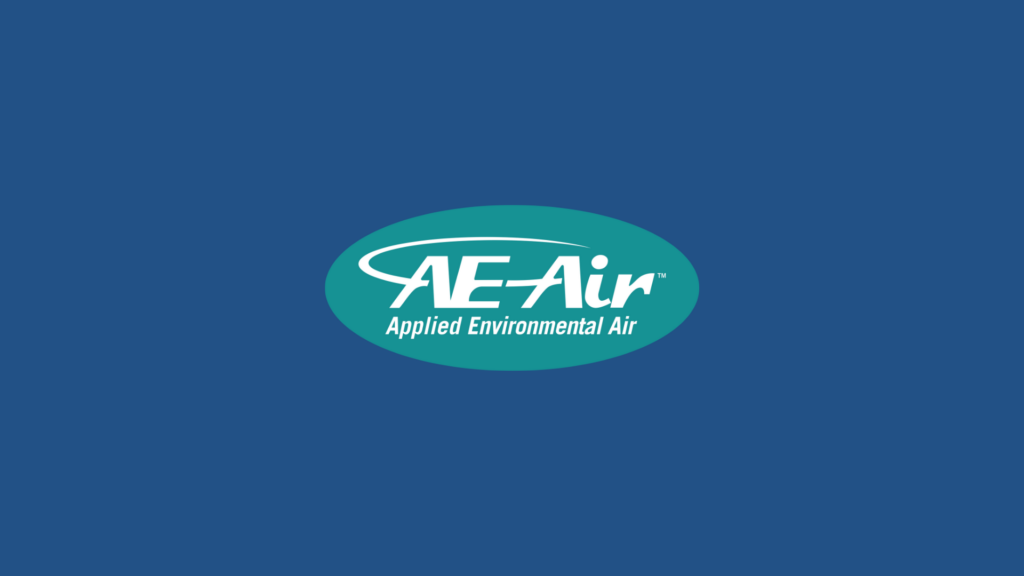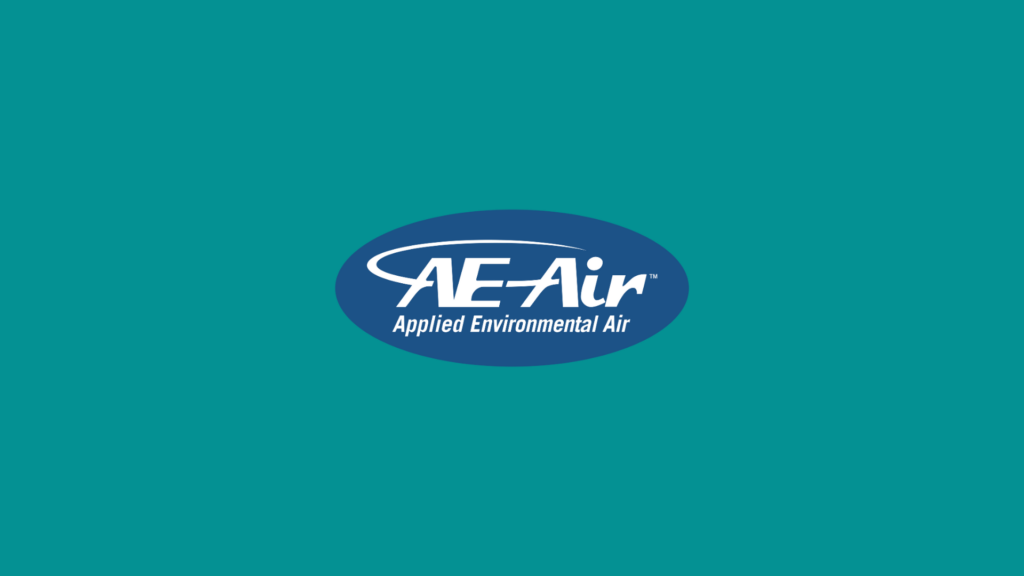Introduction
Horizontal water source heat pumps are popular for their energy efficiency and ability to provide consistent climate control in various buildings. Identifying efficiency issues early on can make a significant difference in saving energy and reducing costs. Imagine your system suddenly working harder than usual, leading to unexplained hikes in your energy bills. With such systems, the key to keeping things running smoothly lies in spotting potential problems before they escalate.
Have you ever wondered what signs might indicate your system is not operating at its peak? Think of a car starting to show signs of wear. Just as you would address minor issues before they become major repairs, understanding and acting on the early signs of inefficiency can keep your heat pump functioning effectively. This approach helps maintain the desired comfort levels while ensuring that energy consumption stays in check. Let’s delve into the common signs and causes of these efficiency problems.
Common Signs of Efficiency Issues
Recognizing the symptoms of an inefficient horizontal water source heat pump is essential in preventing larger issues. Here are a few typical indicators that your system might not be running as efficiently as it should:
- Increased Energy Bills: An unexplained surge in your energy costs might be a red flag that your heat pump is struggling to maintain the desired temperature.
- Inconsistent Temperatures: If some areas of your building feel cooler or warmer than others, it could signal uneven heating or cooling, often a symptom of an internal issue.
- Frequent Cycling: Your heat pump switching on and off more frequently than usual could suggest inefficiency or a potential malfunction in the system’s operation.
- Unusual Sounds: Strange noises like rattling, grinding, or squealing can indicate mechanical problems that affect overall performance.
Understanding why these signs indicate trouble is crucial. For instance, higher than average energy bills often point to the system using more energy to achieve the same results, possibly due to components not functioning optimally. Similarly, uneven distribution of air could mean something is obstructing airflow, whether due to a blocked filter or duct issues.
Spotting these signs early and understanding their implications can lead to timely troubleshooting, saving both time and money.
Causes of Efficiency Problems
Understanding the root causes of efficiency problems in horizontal water source heat pumps can lead to better maintenance strategies and prevent future issues. Let’s take a closer look at some common factors that contribute to these inefficiencies:
- Poor Maintenance: Just like any mechanical system, regular upkeep is necessary. Over time, parts can wear down, filters can clog, and system components may fail if not properly maintained.
- Incorrect Installation: An improperly installed pump may not function as expected. This can result in inefficient operation from the start, with components misaligned or connections not secure.
- Aging Components: As systems age, their performance naturally declines. Older pumps may struggle to maintain efficiency due to outdated technology or components that have deteriorated over time.
For example, failing to replace worn-out filters can lead to a buildup of dust and debris, choking off airflow and causing the system to work harder. This not only reduces efficiency but can also shorten the lifespan of the unit. Regular checks and routine replacements can help address these issues before they become costly problems.
Diagnostic Approaches
When it comes to identifying and diagnosing efficiency issues, a systematic approach is beneficial. Here are a few steps and techniques that professionals might use to pinpoint problems:
- Visual Inspection: Start with a thorough visual check to look for obvious signs of wear or damage. This includes checking for leaks, examining electrical connections, and inspecting filter conditions.
- Performance Monitoring: Track the pump’s performance over a period to see if there’s a consistent decline in efficiency. Fluctuations in operating patterns can indicate underlying problems.
- Utilizing Advanced Tools: Professionals often use specialized equipment, like thermal imaging cameras, to detect areas of heat loss or gain, which can highlight efficiency problems.
- Listening for Unusual Sounds: Changes in noise levels or new sounds can be telling signs of mechanical issues that need addressing.
By taking these steps, you can gather valuable data on the system’s current state, allowing for informed decisions about necessary repairs or upgrades.
Effective Solutions for Optimizing Performance
Once efficiency issues have been identified and diagnosed, the focus should shift to solutions that can enhance performance. Consider the following strategies:
- Regular Maintenance: Scheduling routine maintenance checks can help catch problems early and keep the system running smoothly. This involves regular filter replacements, cleaning coils, and checking for leaks.
- Upgrading Components: Replace older or inefficient components with newer, more energy-efficient options. Investing in technology advancements can lead to significant improvements in performance.
- Professional Inspections: Periodic assessments by experts can ensure the heat pump operates at its best. They can provide insights and recommendations that might not be evident during routine checks.
By adopting these practices, you not only improve the efficiency of your system but also extend its lifespan and performance. Taking a proactive stance on maintenance and upgrades puts you in a strong position to optimize your HVAC investment.
Summing Up Efficient Practices
Keeping your horizontal water source heat pump operating efficiently requires attention and care. Recognizing early signs of trouble and addressing them promptly can make a world of difference in energy savings and system performance. With regular maintenance, targeted upgrades, and professional insights, you can maintain optimum functionality and comfort levels in your building.
Always remember that identifying problems and implementing solutions is an ongoing process. By staying vigilant and proactive, you’re not just ensuring the efficiency of your HVAC system but also contributing to a more sustainable and comfortable environment.
Remember how vital it is to keep your horizontal water source heat pump running efficiently to save energy and maintain comfort. By understanding the common issues and solutions outlined here, you’ll be well on your way to optimizing your system. To explore more about maintaining and improving the efficiency of your system, check out AE Air’s offerings for horizontal water source heat pumps. Trust AE Air to support you in keeping your HVAC systems operating at their best.


